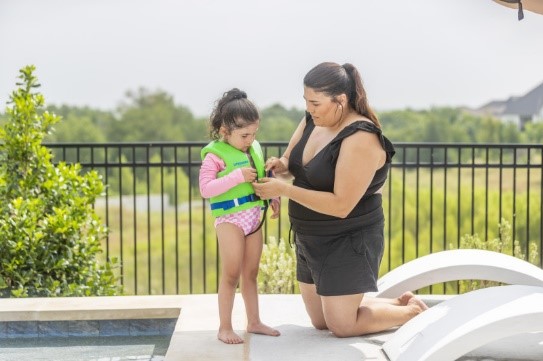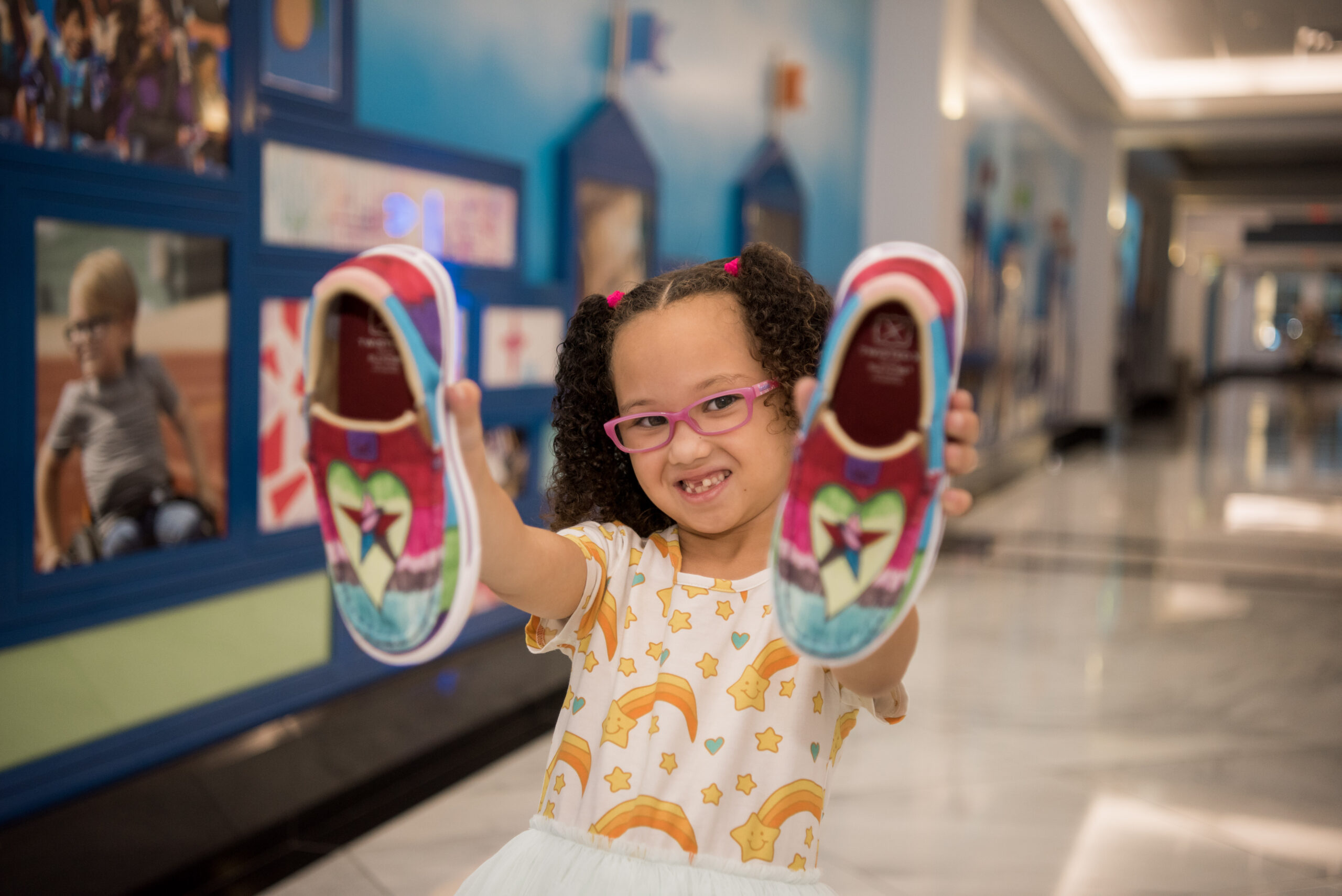Ella Goes Home. Doctors Find Cure for Arizona Baby with Rare Genetic Disorder
Hyperinsulinism patient released from the hospital in time for Christmas
Carol and Emmanuel Vallecalle welcomed their first daughter into the world in late October, beaming with excitement. Everything seemed so perfect, they couldn’t imagine a single thing could go wrong. Their 7-year-old son looked forward to becoming a big brother. And their extended family was well into planning a big Christmas celebration in their hometown of Tucson, Ariz.
But in the days after her birth, enthusiasm turned into fear as baby Ella began to show signs that something wasn’t right.

“She would get jittery. She would scream and she was constantly hungry,” said Carol.
Doctors at the Tucson hospital where Ella was born quickly realized that the little girl with a full head of hair had dangerously low blood sugar, also known as hypoglycemia. Ella couldn’t go home and that big Christmas celebration, along with everything else in her life, now seemed in doubt.
Ella’s caregivers tried several different treatments and when nothing worked, they began to suspect Ella had a rare disease called hyperinsulinism (HI). Hyperinsulinism occurs in about 1 in 50,000 babies. If uncontrolled, it can cause seizures and permanent brain damage.
“The doctors in Tucson did a great job diagnosing Ella’s hyperinsulinism, which was quite severe. They called us knowing about our work with the 18F DOPA PET scan and transferred her here,” said Paul Thornton, M.D., medical director of Cook Children’s Hyperinsulinism Center, one of the top such centers in the world.
Cook Children’s is one of only two institutions in the country to offer an HI program. It’s also one of the only places using the new investigational drug 18F DOPA. When combined with a PET-CT scan, the drug gives doctors a way to treat and even cure patients with few to no side effects.
The Vallecalle family received the call in late November that it was time for Ella to go to Texas. They would be traveling with Cook Children’s Teddy Bear Transport team.

“I was so nervous about leaving my son and also about what we were going to find out about Ella’s condition,” said Carol. “Then all of the sudden, I see these people in blue jumpsuits. There’s this beautiful Texan woman with her big, thick accent and she’s like ‘How y’all doing?’ and I just knew we were going to be fine.”
Carol rode with Ella on the plane to Texas and when they arrived at Cook Children’s, Dr. Thornton and his team got right to work. Using the 18F DOPA drug and the PET-CT scan, they were able to pinpoint the exact location in the pancreas that was causing Ella’s low blood sugar. They were also fairly certain that she had a form of HI known as focal disease, meaning there’s was a chance she could be cured.
“About half of the babies born with HI who are resistant to medical therapy have focal disease which we can treat and cure. The other half has diffuse disease which means they will have persistent hypoglycemia throughout their lifetime,” said Dr. Thornton.
One week after she arrived at Cook Children’s, John Uffman, M.D. performed surgery on Ella. Using results from the PET-CT scan, he removed a small portion of the pancreas where a lesion was triggering her HI. She recovered quickly and days later underwent a 16-hour fast. Without any food for that extended period of time, Ella was able to maintain a healthy blood sugar level and her body was able to make ketones, molecules that should be produced during periods of low food intake.
Ella was officially cured.
“I never saw this day coming,” said Carol. “She’s going to have a normal life. She’s going to be able to travel and fall in love and do all of things that she wants to do. It’s a blessing.”

Dr. Thornton is also thrilled about the good news.
“It’s a really big deal for a baby like Ella to be cured because this disease is very serious. The new 18F DOPA drug and PET scan have really made a difference in how we are able to treat these HI patients. In the past, we might have cured a patient but we would have had to remove much more of the pancreas causing almost certain diabetes after surgery.”
Not only are doctors able to offer a cure without the threat of diabetes, they’re also able to send children home much faster than before. Within two weeks, Ella was able to leave Cook Children’s HI free. Before 18F DOPA and the PET scan, Dr. Thornton says most children would be in the hospital for 40 to 50 days.
“I’m just so excited to be home for Christmas,” says Carol. “When we left Arizona, we were fully expecting to be in Texas for a month or more. My son was worried that Santa wouldn’t find us.”
Santa will know exactly where to find the Vallecalle family. For the first time in her life, Ella went home Dec. 15. They will spend Christmas with their family.
More about Cook Children’s Hyperinsulinism Center
One of only two such programs in the nation Cook Children’s Hyperinsulinism Center uses a specialized team approach to treat this rare disease. Hyperinsulinism affects many areas of the body, so to truly treat the disease, each child is seen by top physicians, nurses, researchers and specialists in the field. These medical professionals have spent additional years of intense study and have dedicated their practice to focusing on hyperinsulinism so that your child has access to the medical care that treats all the symptoms. It is this level of treatment that has helped earn our program a distinguished international reputation for extraordinary care and achieving positive results.



